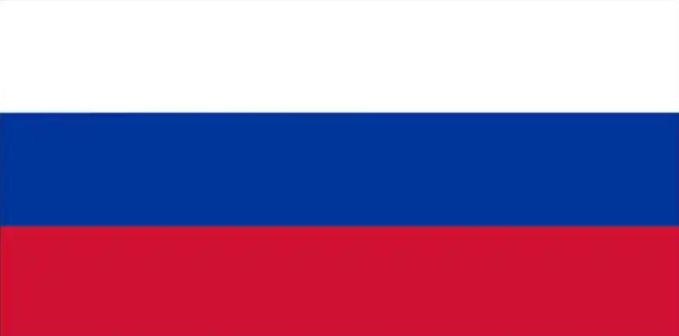09
2025
-
09
Irrigation Hose: Common Questions Answered
Explore common questions surrounding irrigation hoses and discover tips for effective watering.
Understanding the Irrigation Hose
Hey there, green thumbs! If you've ever found yourself knee-deep in soil, dreaming of the perfect garden, you know that keeping your plants hydrated is crucial. Enter the Irrigation Hose—your trusty sidekick in the quest for a flourishing garden. But wait! Before you dive headfirst into buying one, let's tackle some of the most common questions folks have about these watering wonders.
What Exactly is an Irrigation Hose?
Let's break it down! An irrigation hose is essentially a flexible tube designed to transport water from a source to your plants. It's typically made from durable materials like rubber or PVC, making it both lightweight and resilient. Whether you're watering a sprawling lawn or a tiny herb garden, the right irrigation hose can make all the difference.
How Do I Choose the Right Irrigation Hose?
Ah, the million-dollar question! Choosing the right irrigation hose boils down to a few key factors:
- Length: Measure your garden area to ensure you get a hose long enough to reach every nook and cranny.
- Diameter: A larger diameter means more water flow, which can be essential for larger gardens.
- Material: Consider durability! A rubber hose might be your best bet for longevity, while PVC hoses are often lighter and easier to handle.
- Flexibility: A more flexible hose is easier to maneuver around your plants, but ensure it's still sturdy enough to withstand wear and tear.
How Do I Maintain My Irrigation Hose?
Great question! A little TLC goes a long way. Here are some quick tips to keep your hose in tip-top shape:
- Storage: After using your irrigation hose, store it in a cool, dry place. Avoid leaving it in the sun for extended periods, as UV rays can damage the material.
- Cleaning: Periodically, give your hose a good rinse to remove any dirt or debris. You can also use a mild soap solution to clean stubborn spots.
- Check for Leaks: Regularly inspect your hose for leaks or cracks. A small leak can waste water and lead to higher bills!
Can I Use an Irrigation Hose with a Sprinkler System?
You bet your boots! Many gardeners opt to connect their irrigation hose to a sprinkler system for even greater convenience. Just ensure that the hose can handle the water pressure, and you're golden. This combination can save you tons of time and effort, letting you kick back and enjoy your garden!
What's the Best Time to Water My Plants?
Timing is everything, my friend! Early morning is generally the best time to water, as it allows plants to soak up moisture before the heat of the day kicks in. Plus, watering in the morning helps prevent evaporation, ensuring your plants get the hydration they need. If mornings aren't your jam, late afternoon works too—just avoid watering in the evening, as that can lead to fungal diseases.
Final Thoughts on Irrigation Hoses
So, there you have it! Armed with this knowledge, you're ready to tackle your garden with confidence. Remember, an irrigation hose is more than just a watering tool; it's your partner in creating a vibrant and thriving garden. Happy gardening!
Related news

 RU
RU


